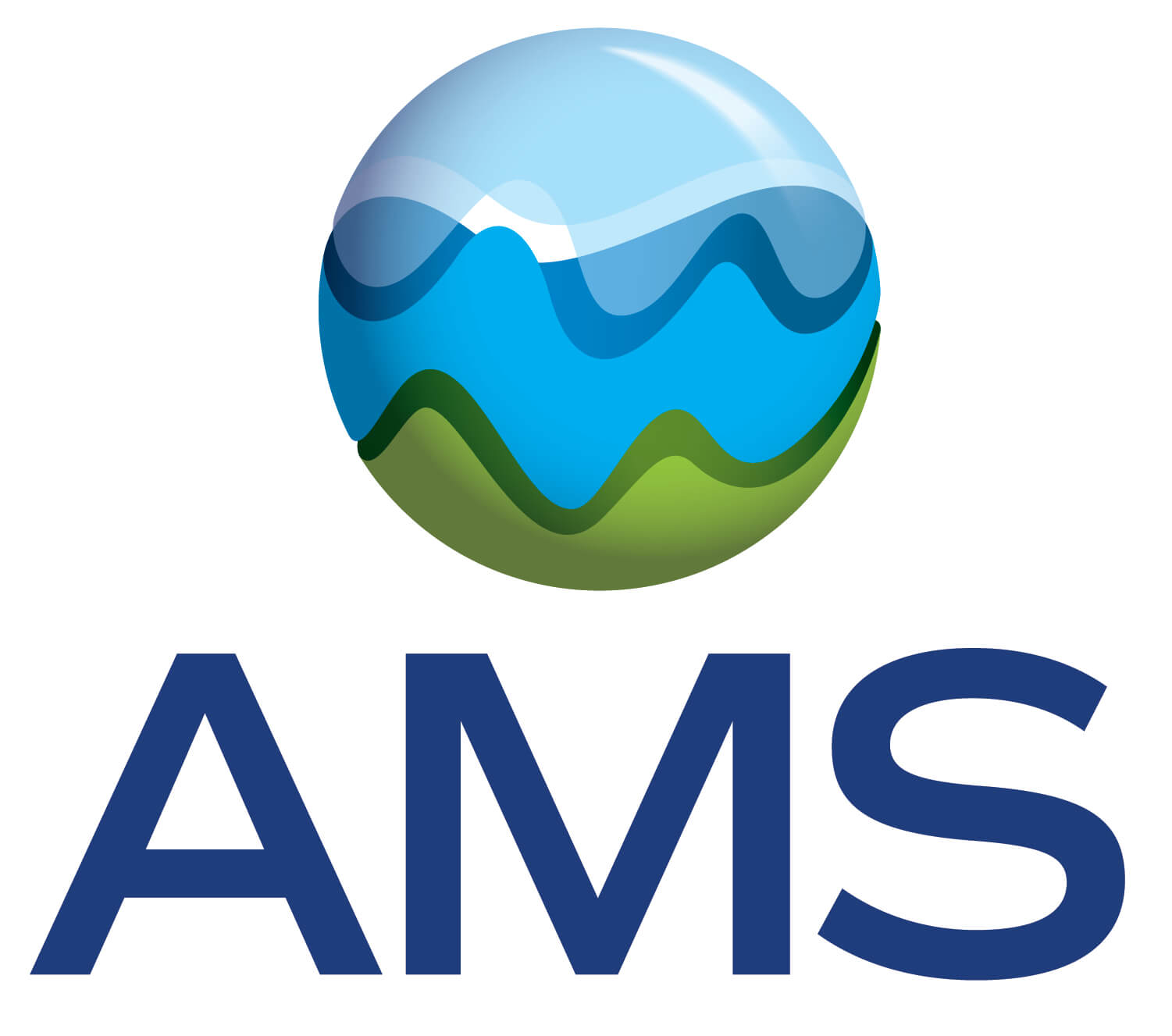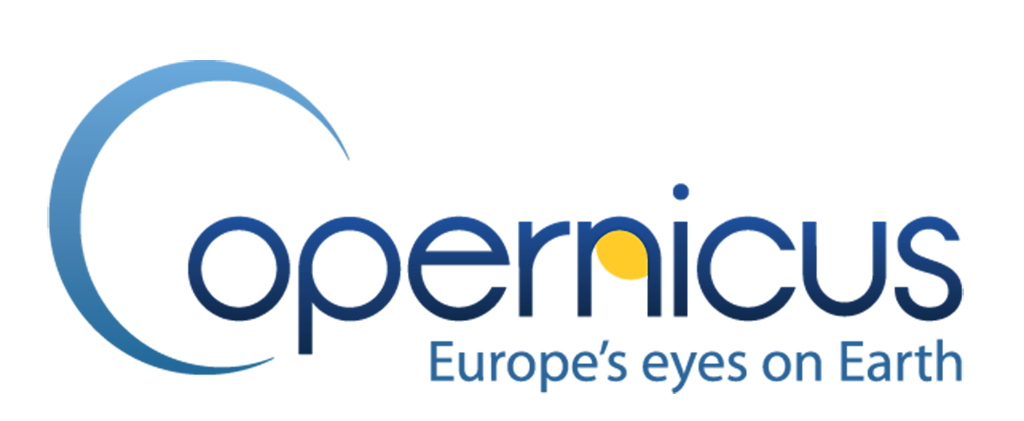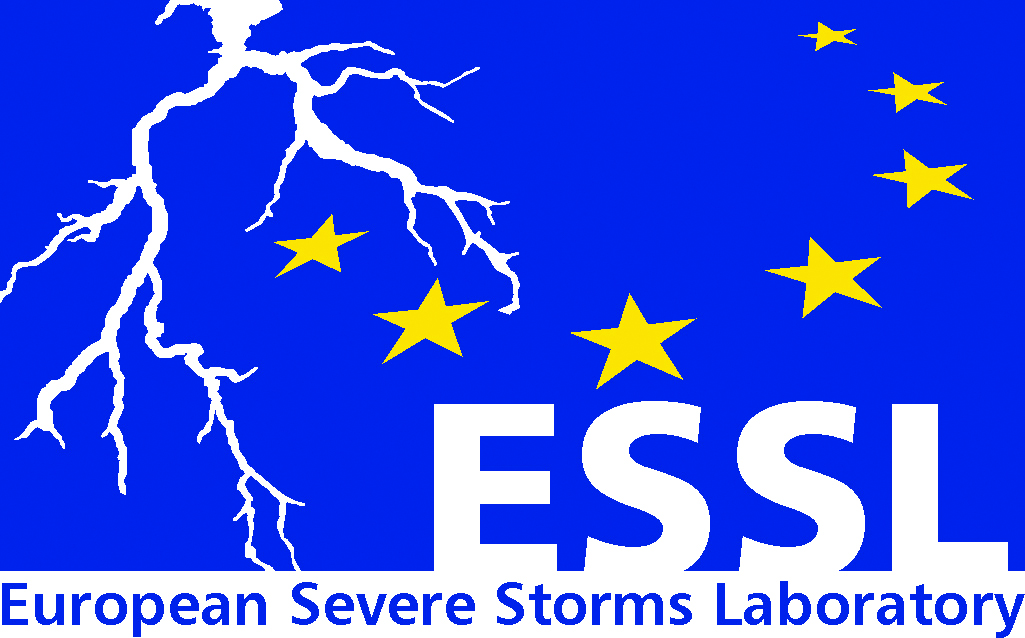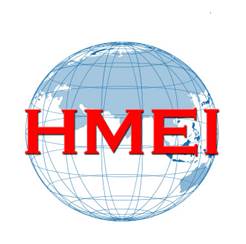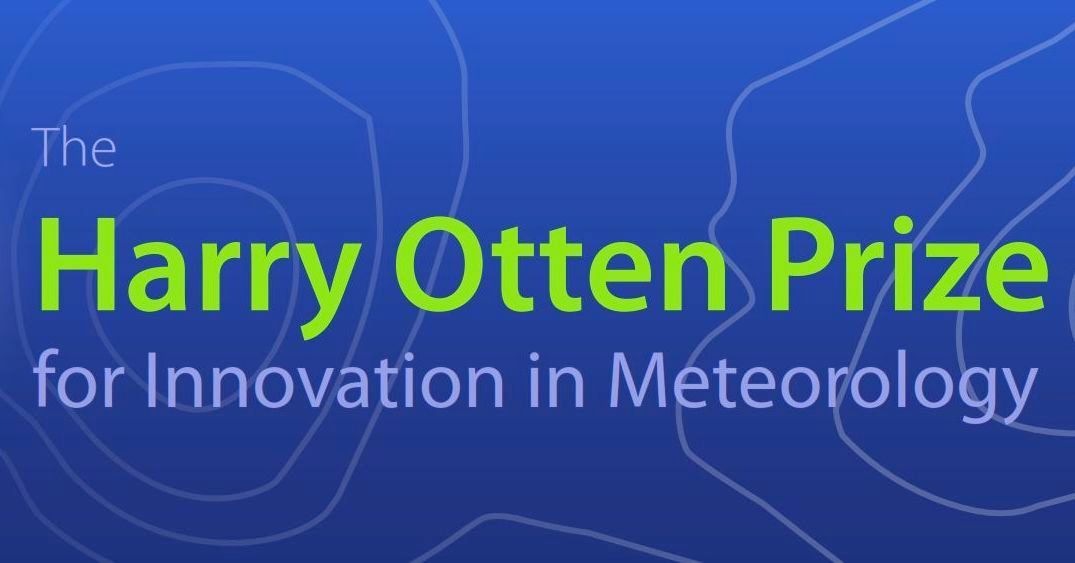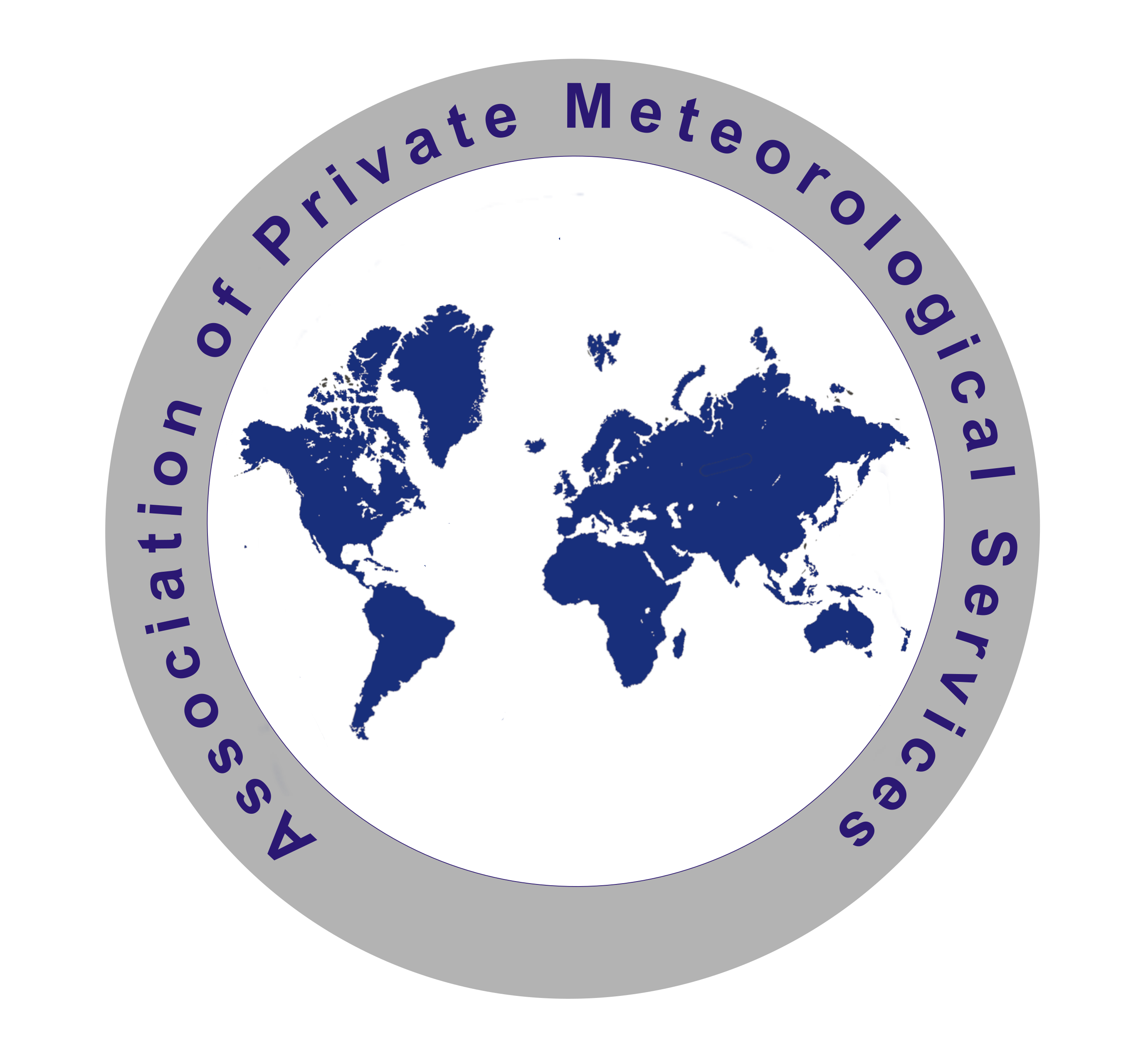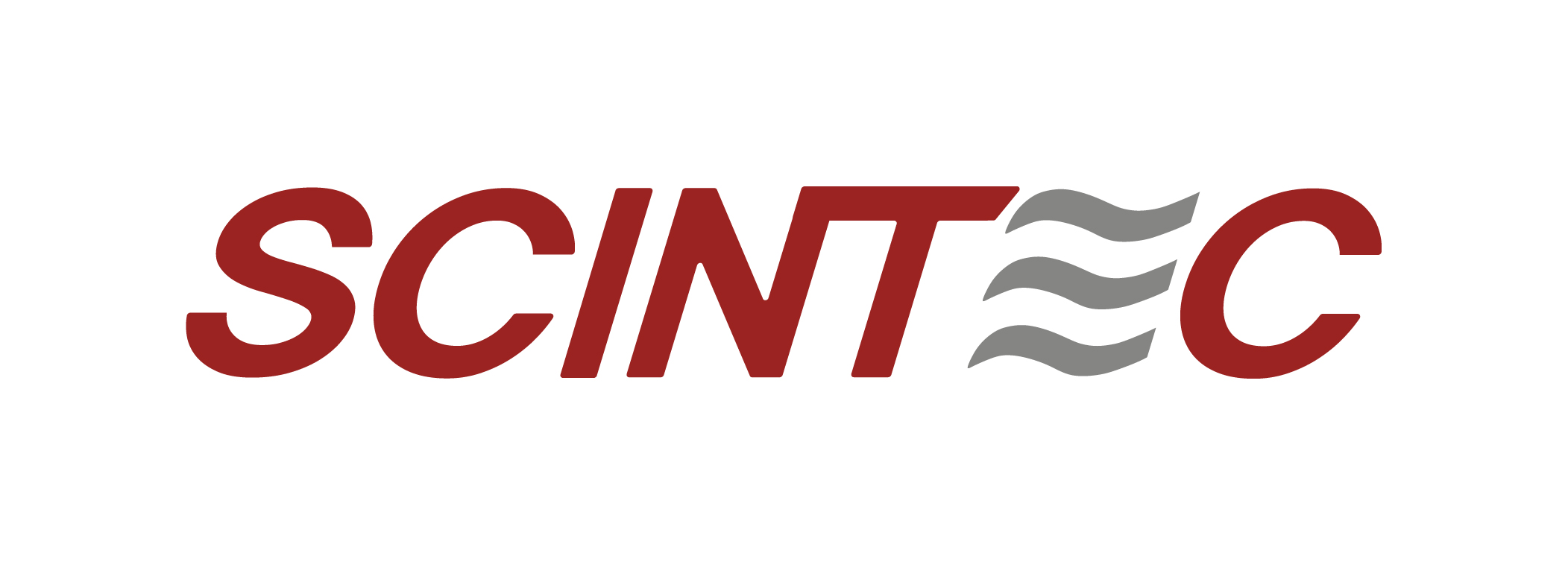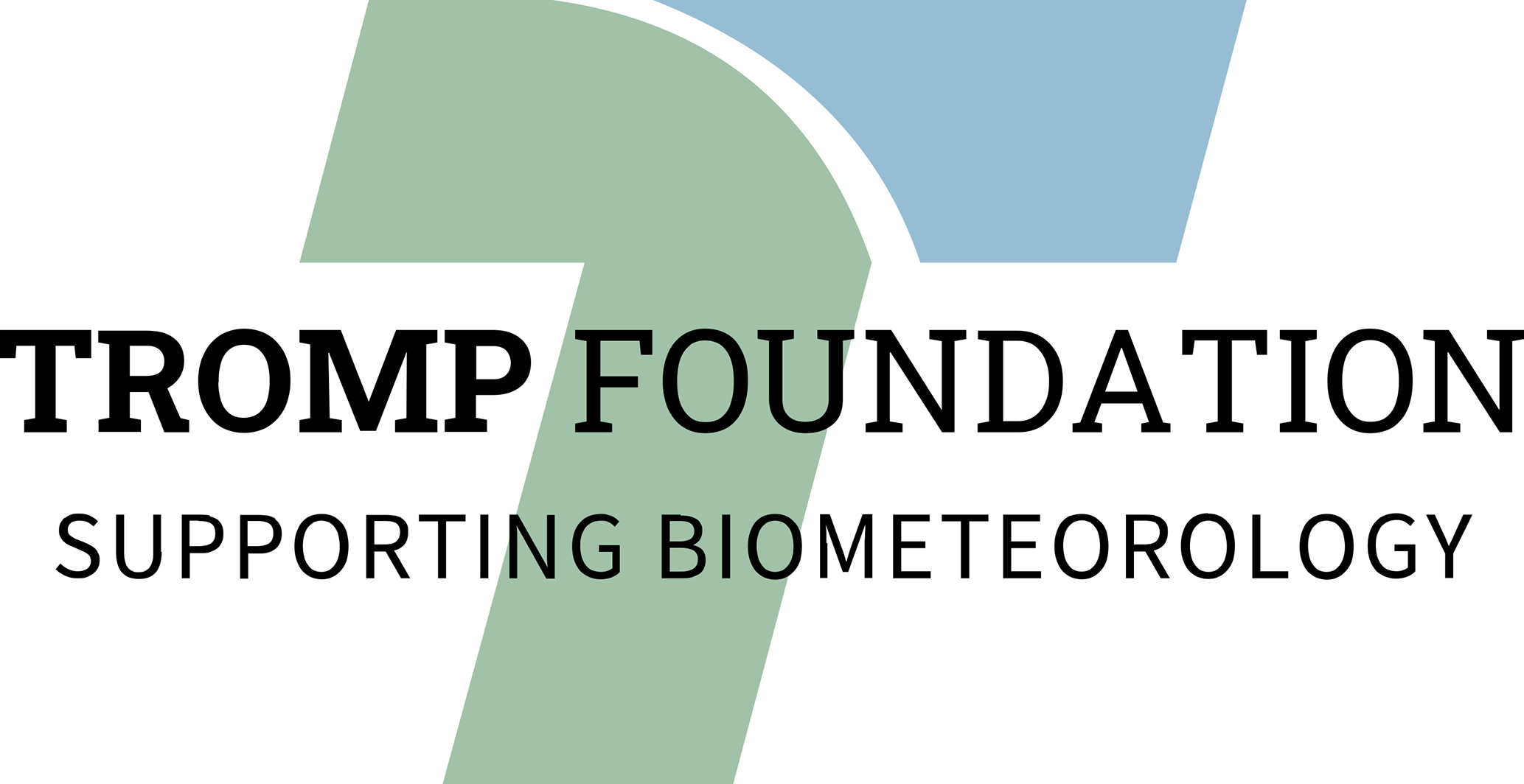Radiation, clouds and aerosols: From observations to modelling to verification
- Observations and measurement campaigns including the observation of optical properties of clouds and aerosols
- Radiative transfer in cloud-free and cloudy atmosphere including three-dimensional aspects and complex topography as well as radiative properties of the surface
- Parametrizations of radiation and clouds
- Modelling of radiation and clouds on all time-scales from nowcasting over short- and medium range numerical weather predication to decadal predictions and climate projections
- Verification of NWP and climate model outputs using satellite and ground-based observations
- Validation of satellite products using ground-based observations
- Use of modelled and observed radiation and cloud data in various applications such as renewable energy and agriculture.
A) Radiation, clouds and aerosols in models
09:00–09:30
|
EMS2024-172
|
solicited
|
Online presentation
09:30–09:45
|
EMS2024-323
|
Onsite presentation
09:45–10:00
|
EMS2024-366
|
Onsite presentation
10:00–10:15
|
EMS2024-802
|
Online presentation
10:15–10:30
|
EMS2024-60
|
Onsite presentation
Coffee break
Chairpersons: Antti Arola, Martin Wild, Stefan Wacker
B) Radiation, clouds and aerosols from observations
11:00–11:15
|
EMS2024-803
|
Onsite presentation
11:15–11:30
|
EMS2024-680
|
Onsite presentation
11:45–12:00
|
EMS2024-432
|
Onsite presentation
12:00–12:15
|
EMS2024-535
|
Onsite presentation
12:15–12:30
|
EMS2024-945
|
Onsite presentation
VB58
|
EMS2024-42
Evaluation and Attribution of Shortwave Feedbacks to ENSO in CMIP6 Models
(withdrawn)
VB60
|
EMS2024-824
Numerical Sensitivity Study on a Mega Sand Dust Storm in Korea Using WRF-Chem
(withdrawn)

